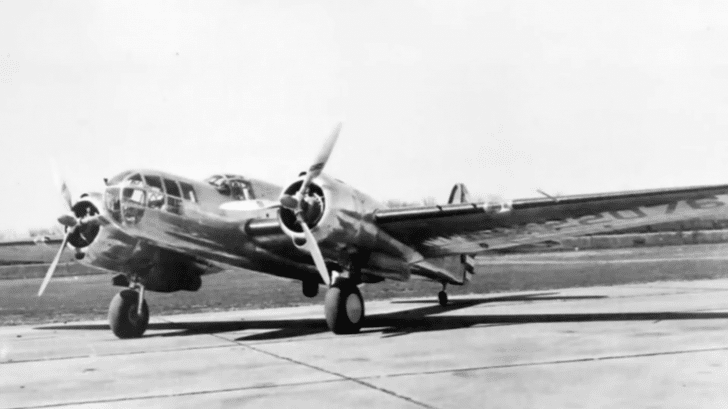The Martin Maryland is one of the least appreciated aircraft of WWII. This isn’t because its service record wasn’t impressive, in fact, its career is one of the most diverse of any aircraft of the Second World War.
However, the sheer lack of interest in this aircraft can be principally attributed to the fact it was exclusively designed and built in the US, but never flew under it. In fact, it was even used against the Allies on a number of occasions.
Here are some details that you need to know about this overlooked plane:
A Struggle
During WWII, the French aero industry was struggling to keep up with increasingly belligerent German aviation efforts. Due to organization, labor issues, and lack of competitive design efforts to match their enemy, the French in WWII purchased at least a thousand modern American combat aircraft.
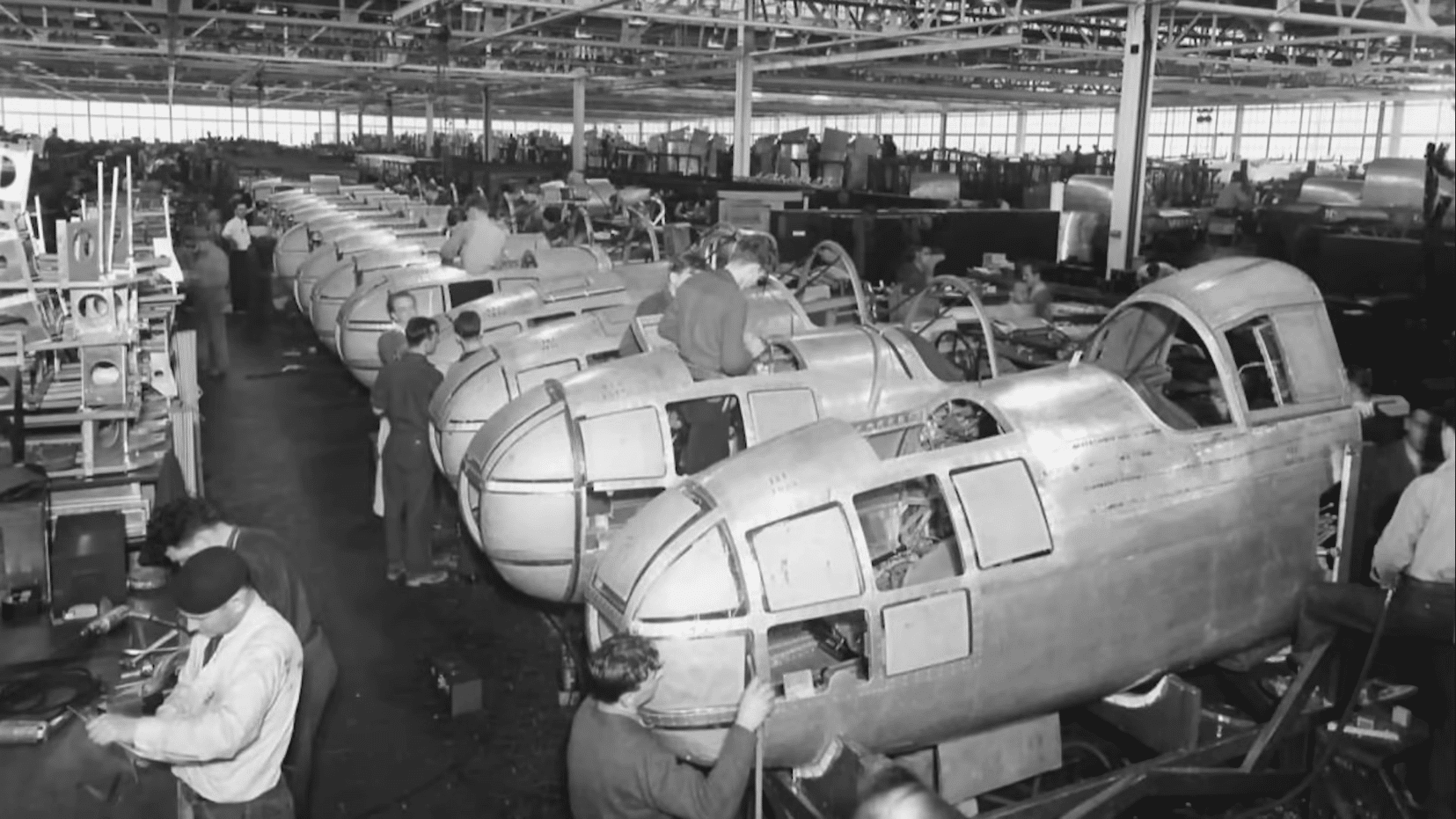
However, the American aero industry had increasing orders for aircraft that got priority for production. Thus, the French had to pay for American production to be expanded.
The French placed an initial order for Martin for 115 Model 167s, followed by further orders bringing the total order to 345. The French invested two and a quarter million dollars in Martin to allow them to rapidly increase the size of their production line.
The Glenn
Designated as the 167-A3 by the French, and known by the crew as “The Glenn,” the 167 was an all-metal monoplane, with an extremely tight fuselage. This meant that the crew were in separate compartments.
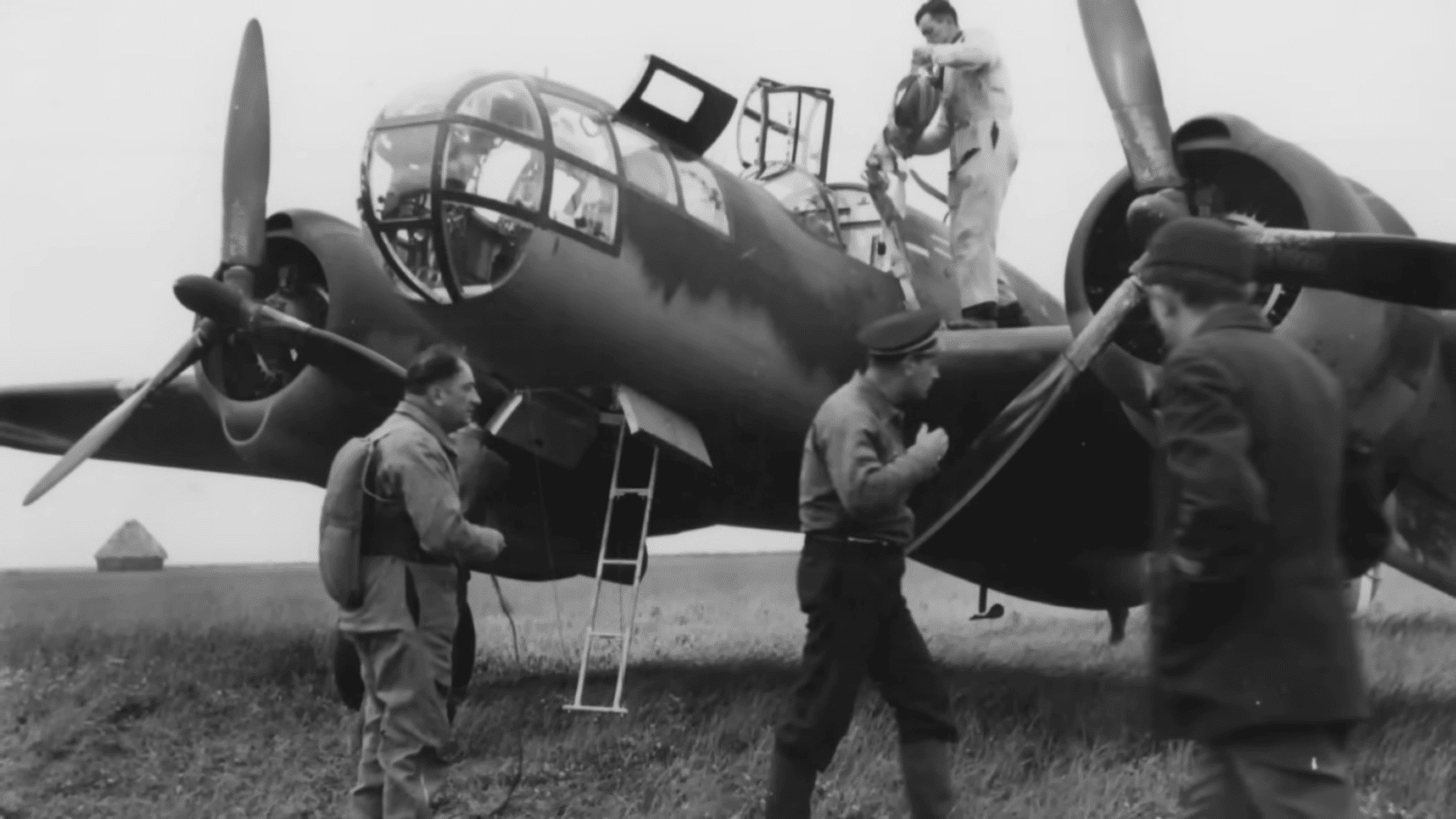
The armament was made up of six 7.5 mm machine guns, one each in dorsal and ventral positions with another four forward-firing guns in the wings.
Surprisingly Agile
The French were happy with their aircraft. It was surprisingly agile despite the fact that the aircraft payload was on the anemic side. It can fly around 275 to 316 miles per hour.
Furthermore, 167s only suffered a loss rate of four percent in 418 combat missions flown by the French Air Force in both attack and reconnaissance missions. It was reportedly agile for an aircraft of its size and type.
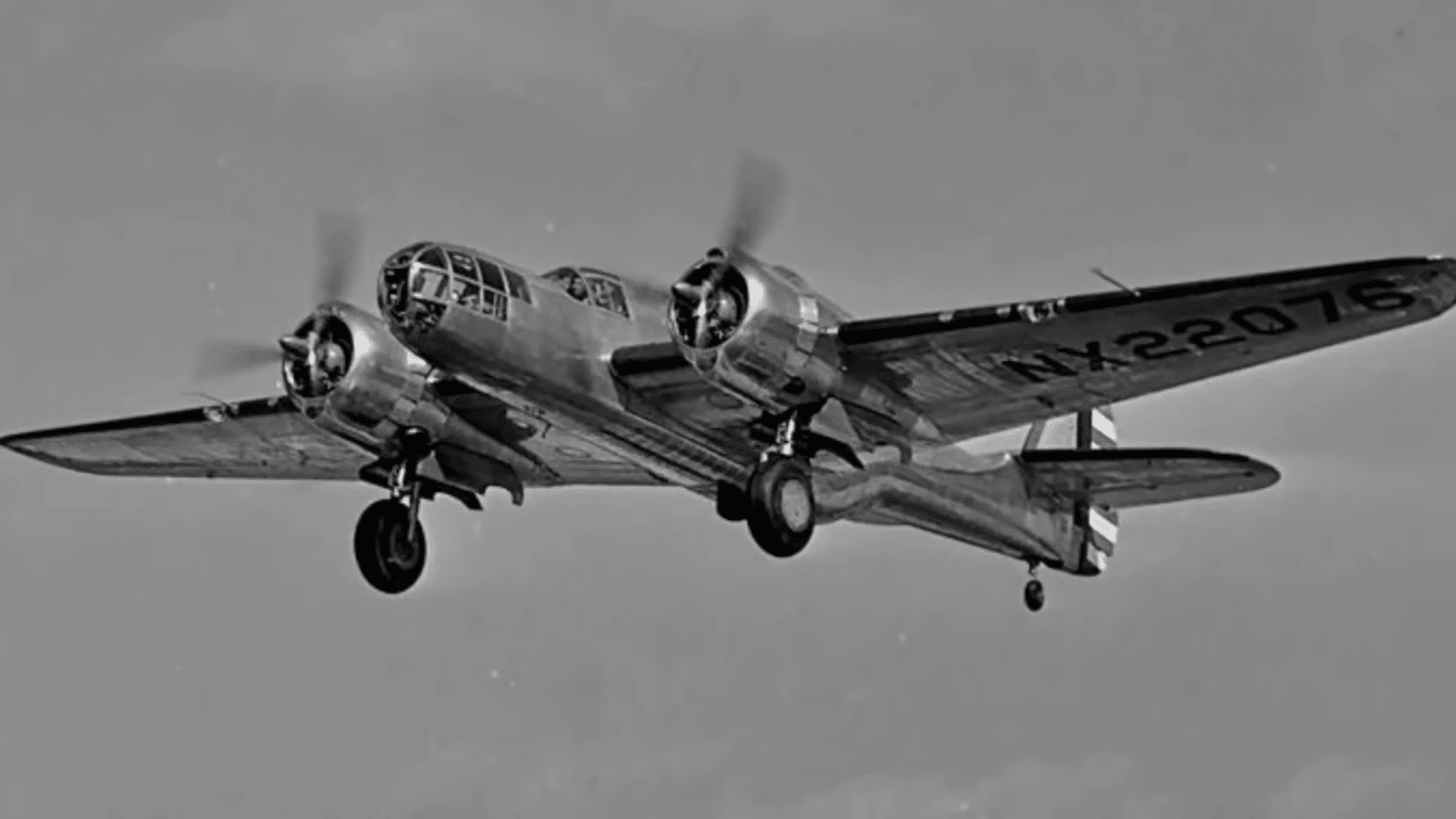
However, with the French Navy being quickly overwhelmed, the remaining aircraft were withdrawn to North America where the original plan was to attack Southern Italy, which, by then, joined the conflict.
Turning the Tide
In June 1940, the French were divided into two. The North was occupied by the Germans while the South remained notionally independent and neutral with Vichy, France as the capital. This was a nightmare for the British as their previous ally could now pose a potential threat.
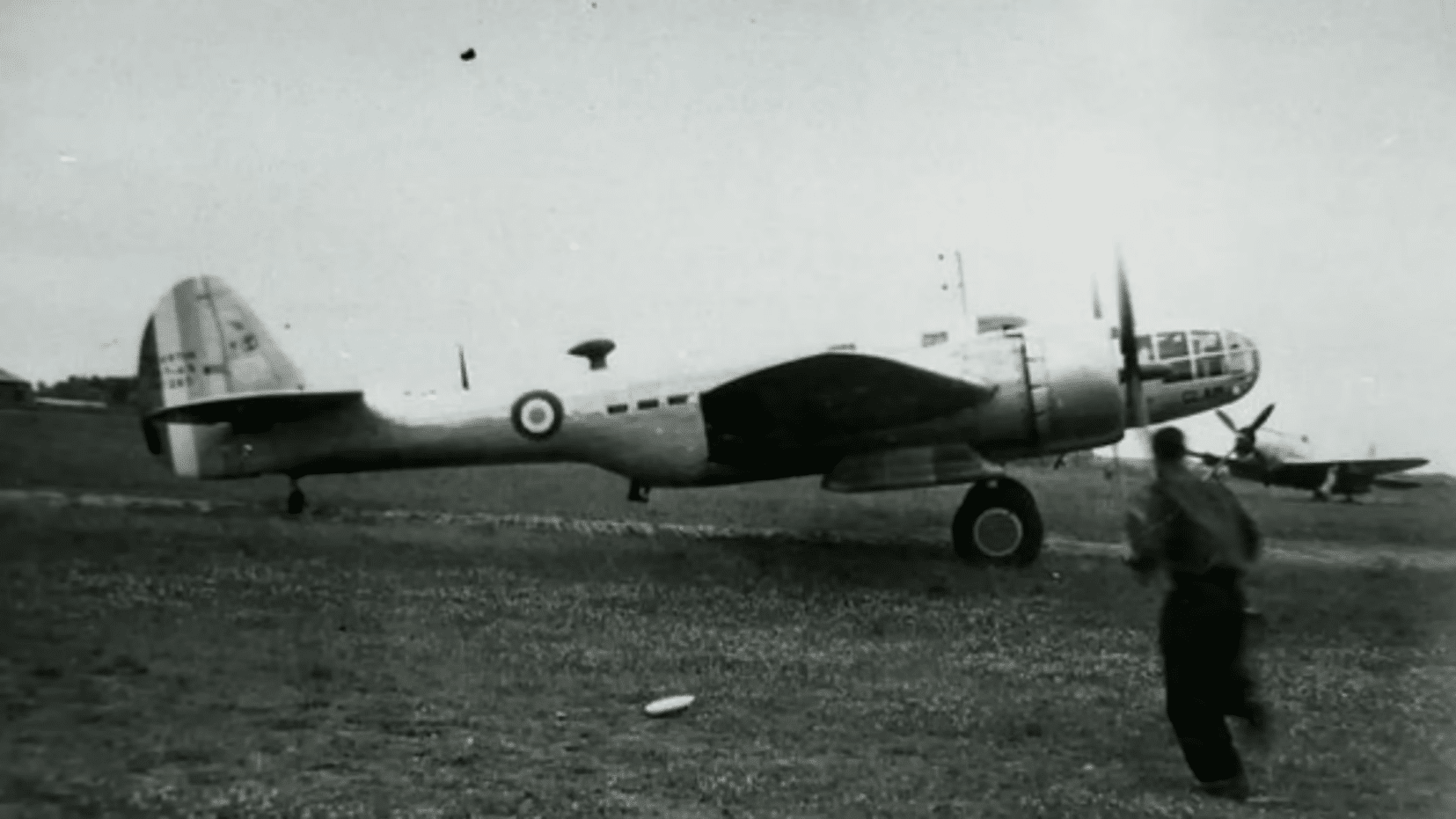
For instance, many available 167s were committed to fighting attacks, conducting reconnaissance over Cyprus, and leaflet drop missions in Palestine. However, it soon escalated to bombing missions. Martin 167s of the French Navy attacked British ships that operated off the coast of Syria.
Martin Maryland
Ultimately, the Vichy French cut a deal with the Allies, as they switched sides, and the large forces they had on North Africa became part of the Free French regime.
The last orders completed eventually received the designation of Maryland Mk. I and Maryland Mk. II.


